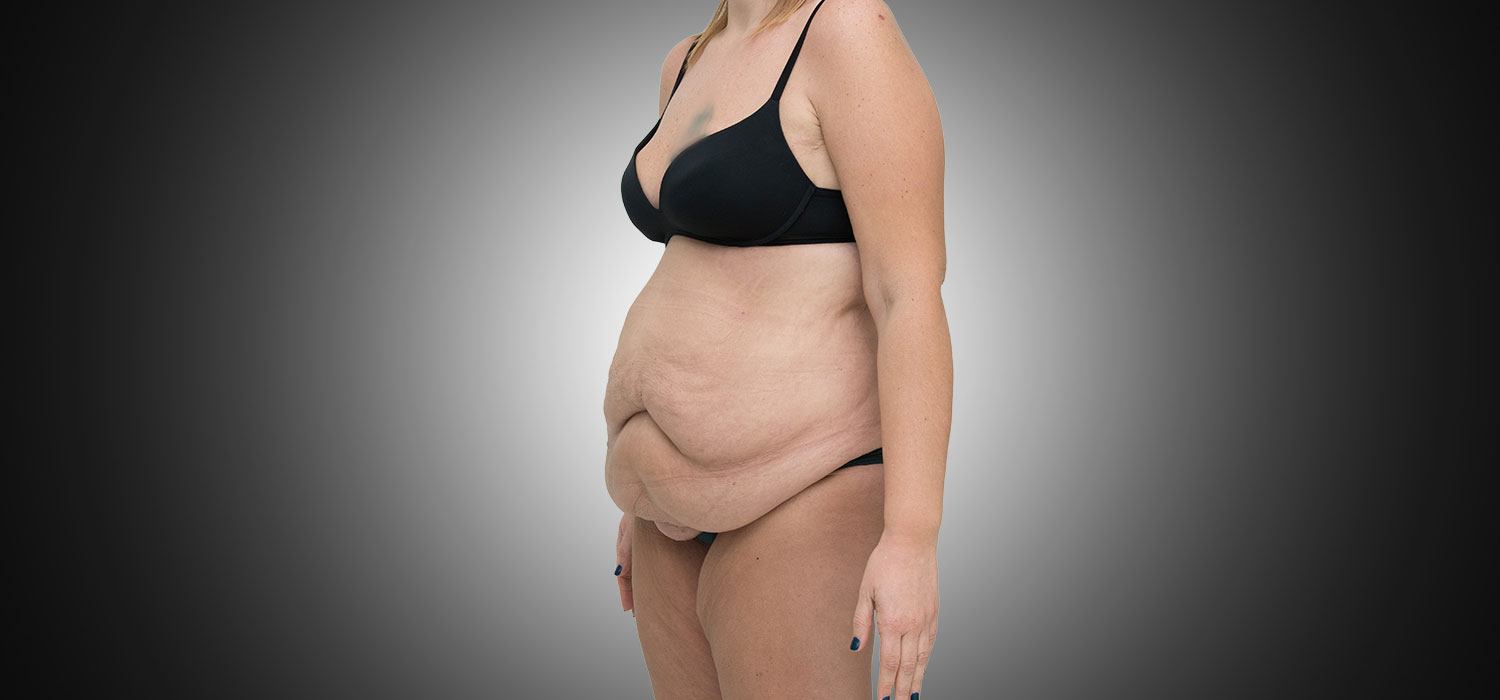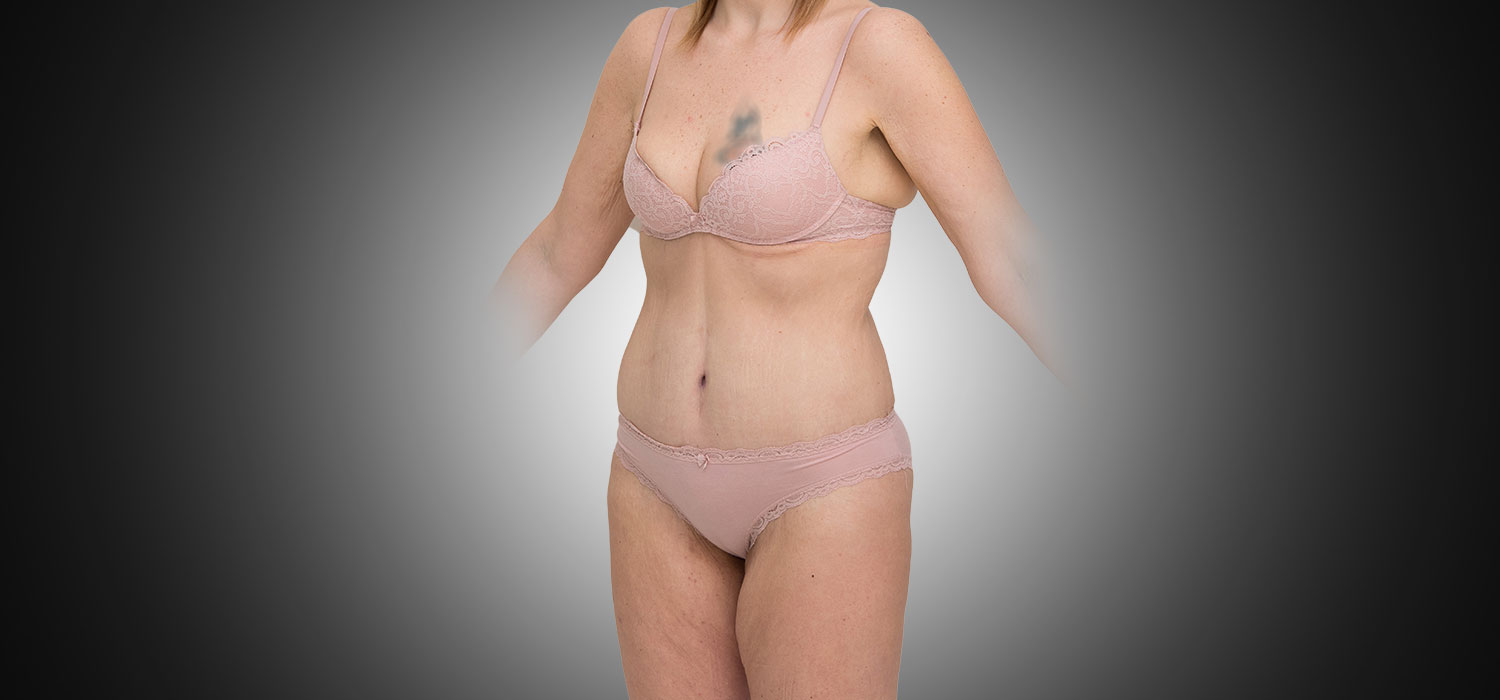ABDOMINOPLASTY
THE IDEAL INTERVENTION TO RESTORE TRACTION, SLENDER AND SMOOTH PROFILES OF THE ABDOMEN
ABDOMINOPLASTY
Abdominoplasty (aka tummy tuck) is a surgical operation that restores traction to the abdomen.Especially in humans, the abdomen plays a very important aesthetic function.The patient who undergoes abdominoplasty surgery expects to obtain a body figure as sculpted and toned as possible. Depending on the lifestyle adopted, the abdomen can be subject to several changes that determine damage from an aesthetic point of view: a drastic diet, for example, can cause the loss of skin elasticity.To eliminate skin imperfections and make the abdomen profile slim, it is necessary for patients to undergo the aesthetic abdominoplasty surgery to regain their shape and feel good about themselves.
read more
ABDOMINOPLASTY: WHAT IS IT FOR?
ABDOMINOPLASTY: TO WHOM IS IT RECOMMENDED?
ABDOMINOPLASTY – IF THE ABDOMEN IS ADIPOSE
The adipose abdomen has adequate skin elasticity and can be effectively treated with abdominoplasty. The adipose tissue of the abdomen has a completely different conformation between men and women: in men it is the richest source of stem cells and has a hard and metabolically inactive component. In women, adipose tissue is softer and more prone to changes in metabolism. Most often, in humans, in addition to liposuction, a lipostructure of the abdominal design of the rectal muscles is also associated. If the tone of the abdomen is not good, it will not be possible to program only the abdominoplasty but it will also be necessary to remove the excess skin in order to obtain the abdomen tense and flat.
ABDOMINOPLASTY – IF THE ABDOMEN IS RELAXED
The sagging of the abdominal skin tissue is caused by several factors such as aging and decay due to excessive sun exposure, pregnancies, and sudden weight changes. If the abdominal skin tissue is relaxed, there is nothing in the world (lasers, radiofrequency-based machines, ultrasound, shock waves, creams, etc.) that can pull the abdominal tissue optimally and with permanent results such as abdominoplasty surgery.
ABDOMINOPLASTY
— SURGICAL TECHNIQUE
The operating surgeon performs a first phase of the abdominoplasty surgery in which the anesthetic is introduced into the adipose tissue, with a vasoconstrictor (adrenaline), to avoid bleeding, thus reducing the blood supply in the area to be treated and allowing the operating surgeon to work at his best and in a delicate way eliminating a greater amount of fat. The abdominoplasty technique is peculiar because it is a liposuction aimed at removing excess fat: abdominoplasty also allows a detachment of the skin such as to make the next phase less traumatic on the tissues and have a much faster healing.
read more
before and after
ABDOMINOPLASTY
— SURGICAL TECHNIQUE
ABDOMINOPLASTY – THE HEALING PHASE
read more
During the first months in healing the scar will have a reddish color while in the following months it will tend to fade and become white.
Dr. Mattia Colli abdominoplasty is famous for low scars, completely hidden even with small undergarments and with the possibility of programming the lateral part at the iliac crests or even lower towards the groin region.
When the patient has a skin laxity of modest or medium magnitude along the entire length of the belly, Dr. Mattia Colli adopts a further surgical technique of abdominoplasty which always consists in pulling the abdomen to make it flat, smooth and firmed but without performing the umbilical scar (abdominoplasty without umbilical scar).
When, on the other hand, the patient has a skin laxity of modest or medium entity on the lower part of the navel, a surgical micro-lifting of the lower abdominal portion is carried out without detaching the entire abdomen (mini abdominoplasty or abdominal micro-lifting).
The average duration of abdominoplasty is 50/60 minutes. At the end of the abdominoplasty surgical operation, special compression dressings will be arranged that will be removed and changed according to the indication of the Surgeon and the tailor-made garment will be worn to be worn for about 10 days.
ABDOMINOPLASTY : PREPARATION FOR SURGERY
Before abdominoplasty surgery, all the blood and ECG tests listed and proposed during the first visit must be carried out.
You should inform the surgeon of any treatment with drugs (especially cortisone, contraceptives, anti-hypertensive medications, cardioactive drugs, anticoagulants, hypoglycemic agents, antibiotics, tranquilizers, sleeping pills, stimulants, etc.), before undergoing the surgical operation of abdominoplasty.
If the patient takes anti-inflammatories or other blood-thinning drugs, stop taking medicines containing acetylsalicylic acid (e.g. Alka Seltzer, Ascriptin, Aspirin, Bufferin, Cemerit, Vivin C, etc.) at least 7 – 10 days before abdominoplasty.
read more
ABDOMINOPLASTY – ANESTHESIA
read more
ABDOMINOPLASTY – RESULT

The surgical results of abdominoplasty surgery are surprisingly striking. The fat and drooping belly that showed unsightly rolls will be a distant memory, following the abdominoplasty surgery. Our patients can show off their flat, taut abdomen, wear tight- fitted clothing, admire themselves in front of a mirror and be appreciated when wearing swimsuits or undergarments.
Through abdominoplasty surgery, self-actualization and increased self-esteem can reach high levels, as does the confidence the patient one gains with their new appearance.
Abdominoplasty completely transforms the abdomen, and the thin scar remains inside the undergarments or swimwear. Please note that the maintenance of this result is in any case linked to factors such as lifestyle, sudden changes in body weight and the aging process.


